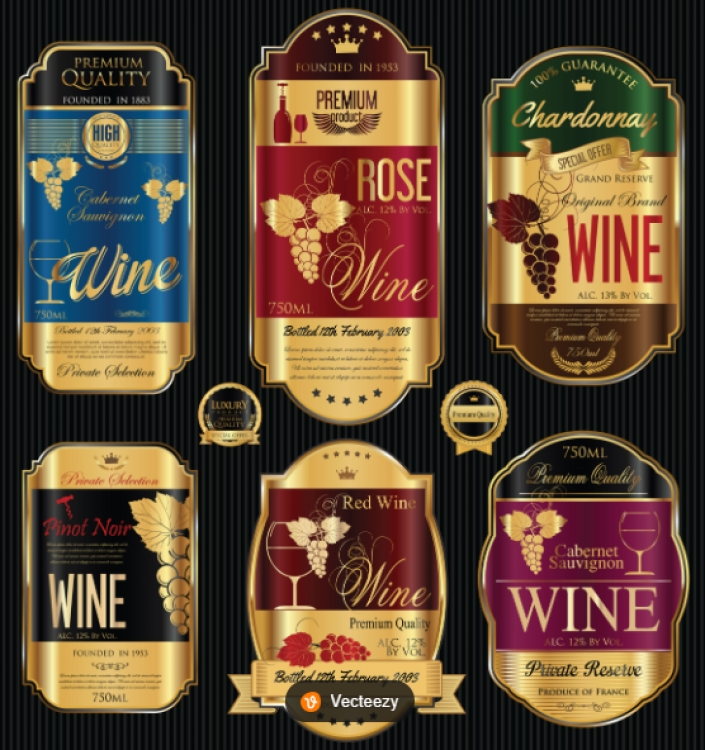What’s in a wine label? The answer is a lot more than people think according to food industry site Food & Wine. A recent study from the University of Adelaide’s School of Agriculture has shown that wine labels can affect a customer’s buying habit and encourage them to spend more money.
The study’s lead author, Associate Professor Sue Bastian wrote: “Cleverly written wine and producer descriptions when coupled with unbranded wine tasting can evoke more positive emotions, increasing our positive perception of the wine, our estimation of it’s quality and the amount we would be willing to pay for it.”
To conduct the study 126 wine drinkers were given two sets of three wines: Chardonnay, Riesling, and Sauvignon Blanc. The participants were told that they were drinking six different wines but were actually drinking the same three wines in each test.
During the first tasting set the wine participants were blindfolded and given no information on the wines. For second tasting, done a week later, the participants were given a label with detailed description of each wine. Once the testers got the full description of the wines with a full description of the tasting notes, and even reviews, they were more likely to choose their favorite wine based on the label rather than the wine their taste buds had preferred the week before.
Wine labels are often confusing and daunting for most customers. There are many websites on what to look out for on a label. Better Tasting Wine created a comprehensive guide to wine labels that details everything from how to read old wine labels to the words to avoid. For example, the world “Superieur” commonly seen informs readers that the bottle has a high alcohol content and is not a superior wine.
In recent years wine labels have tried to appeal to customers in different ways. The Coolist found 30 creative and unusual wine label designs that appeal to the eyes. These include wine that come in garage turpentine cans, bottles with portraits instead of names, and even bottles where the labels are in braille.
This demonstrates that there is a clear shift away from the traditional labels to a more modern style. This is particularly enticing to wine drinkers who are not knowledgeable on wines. An Old World Label would put them off while these new style of labels seem more exciting and worth spending money on.
The new type of labels are clearly for a new type of young drinker who want something different. This type of customer is often sort after by a range of companies. Online gaming specialists Betfair uses the culture of fun and social engagement in their slot game ‘A Night Out’. Like the new types of wine labels, they want to capture a new and exciting lifestyle that draws in different potential demographics to widen appeal and potential consumer reach. Other new labels include fold out or expanded content labels when placement space is limited and more information is required.
Labels are often the unsung heroes of companies and in the wine industry it is clear that they are having a big effect on spending habits. Wine labels are famous for containing a lot of information in a small space. That information is still valid and clearly affects costumer's choices. However, there is also a shift to a new kind of label that entices customers not only with information but by moving away from tradition.
Published:


